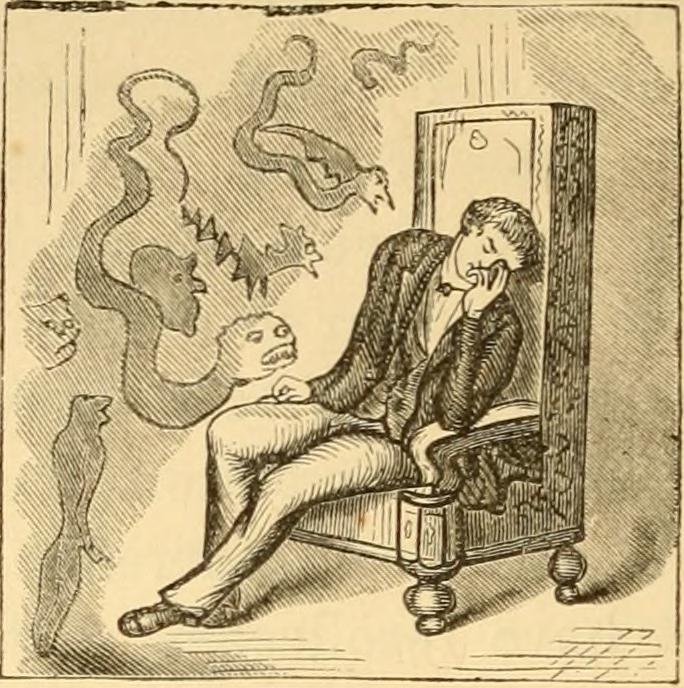Fear and courage are switches in the brain, according to neuroscience.
We’ve talked about fear for centuries.
It’s kind of boring now. It’s been an unwelcome guest since the birth of our species. Our paleolithic ancestors on the Savannah had tangible fears in the form of predators much larger than themselves.
Traveling tribal groups that emerged in the Neolithic era feared death and attempted to invent gods that explained the causal link between life and the precarious nature of death.
Fear has been something we’ve been trying to get rid of, but what if evolution gave us the emotion of fear as a direct strategy to understand our environment? Most people tend to define fear as opposite to courage—as if courage exists in and of itself without fear.
This misunderstanding has limited us for centuries and has us all trapped in binary thinking. Fear cannot exist without courage: we need courage in the face of fear, which means that fear needs to be present for us to be courageous. In philosophy, this is referred to as dialectical thinking. Rather than seeing opposites in any relationship, it is that the opposites rely on one another to define how they operate in our lives.
We need a more dialectical understanding of fear, rather than a binary approach. It does not serve us and our ability to grow; in fact, it impedes us by keeping us in a fear versus courage perception of reality. We need fear just as much as we need courage. Most of us “gulp” when we read statements like this; this is proof that we have been conditioned to normalize our limited understanding of viewing fear and courage as polar opposites. But they are not. So, what do we do with this knowledge?
We have to understand how fear and courage operate in our brains. The predominant caricature is that fear occurs in an area of the brain known as the amygdala (the dreaded “fear center”), which is true in its most simplistic of terms.
But the emotion of fear is regulated in the amygdala—it starts with our interpretation of something in our environment first. We should not undermine the role of our own interpretations of supposed threats in our environment: it is our meaning of an event that informs the amygdala to choose the correct action.
How you see the world will determine how you will react to it. What is important to realize is that all fears are not necessarily instinctual—some are learned and can be unlearned.
Evolution has given us fear as a way to respond to threats in our environment. But it’s through the regulation of our interpretations that the amygdala is turned on and then informs us what we should do next. The following research shows this very truth, “We thus argue that the amygdala is not itself responsible for the experience of fear. Its job can be more appropriately viewed as detecting and responding to present or imminent threats. The amygdala contributes to fear indirectly but is not an innate fear center out of which fear percolates.”
So, the mother who thinks her world is falling apart because she was laid off by her oppressive boss is making an interpretation about her environment. The child who is bullied in school perceives the behavior of the bully as an existential threat, thereby telling the amygdala to turn on. It is their interpretation of their circumstances that informs their physiological response—not the other way around.
So, is fear something we can become addicted to? Yes and no. We can learn to love fear. We may not love it in the romantic sense, but we can become so accustomed to its presence in our lives that we know no other way. But where did this all come from? Yep, you’ve guessed it: our childhood.
“…fears are universal but relatively transient. As developmental psychologists have demonstrated, children reliably develop highly specific fears along a predictable developmental trajectory. And as evolutionary psychologists have demonstrated, these predictable fears emerge when children are most vulnerable to the dangers targeted by the fears—or more precisely when children would have been most vulnerable to such dangers in ancestral environments, the kinds of environments in which our species evolved.
These environments in significant respects diverged from modern environments, but the fears persist. For infants, incapable of self-propelled motion and self-defense, the most dangerous situations—in ancestral environments and now—are the absence of caregivers and the presence of potentially hostile strangers. Hence infants reliably develop separation anxiety and stranger anxiety, which persist until the toddler years.” ~ Mathias Clasen
Courage to the Rescue
But what about courage? How does courage work? According to new research, courage also works like an on/off switch that we can control. Research performed by Andrew Huberman, a neuroscientist from Stanford, shows that both fear and courage work more like a switch we can have control over. They first tested this theory on mice, where they were also able to determine how the human brain works in response to fear and courage.
“Located smack-dab in the middle of the brain, these clusters, or nuclei, each send signals to a different area of the brain, igniting opposite behaviors in the face of a visual threat. By selectively altering the activation levels of the two nuclei, the investigators could dispose the mice to freeze or duck into a hiding space, or to aggressively stand their ground, when approached by a simulated predator. People’s brains probably possess equivalent circuitry,” said Andrew Huberman, PhD, associate professor of neurobiology and of ophthalmology.
“So, finding ways to noninvasively shift the balance between the signaling strengths of the two nuclei in advance of, or in the midst of, situations that people perceive as threatening may help people with excessive anxiety, phobias, or post-traumatic stress disorder lead more normal lives.”
This research has definitive benefits for those who experience anxiety on a regular basis. The reality is that if fear and courage can be turned on or turned off, there should be ways we can intentionally create practices to control such a switch. So, is there anything we can do?
Well, other neuroscience research has shown that our thoughts about our environment can have a massive effect on neuronal pathways (i.e., thoughts, beliefs, actions). Meaning, you can, over time, choose your emotional state.
The tendency when someone hears this is to assume some form of metaphysical belief system about how thoughts affect reality (well, without adhering or supporting that belief system, neuroscience has shown that your thoughts can have a direct effect on how both fear and courage operate). That how you interpret events in your life will have an influence on whether you activate courage or fear.
If fear is interpretation just as much as courage is, then we have to be willing to do the hard work of what triggers us to fear certain things in our environment over others. Fear is a responsibility just as much as courage is. We can control it. It might take work—letting go of certain ideas about threats in our environment that might not be existential threats at all.
Most of our lives, we live in societies that put money at the center of what defines our choices, and so we have conditioned ourselves to look at money as the arbiter of meaning in whether or not we feel safe or in danger—but the economy is one part of being human, not the meaning maker of being human.
Accepting that we have the power to turn courage into fear can be the difference between choosing to be trapped by fear or choosing to be courageous enough to walk away from things that no longer serve us.
It’s your choice, right?
~









Read 2 comments and reply